This is my third post on strategies for deepening students’ comprehension of authentic resources. The previous posts were:
Deepening Students’ Comprehension of Authentic Resources: Supports and Scaffolds and Deepening Students’ Comprehension of Authentic Resources: Visual Strategies.
For this post, we will focus on how to use thinking routines as processes through which students demonstrate deeper comprehension of text.
What are thinking routines?
In the book, Making Thinking Visible: How to Promote Engagement, Understanding, and Independence for All Learners, authors Church, Morrison, and Ritchhart report on research done at Harvard by a group called Project Zero.
The authors describe “thinking routines” as:
- ways to make student thinking visible
- patterns by which we operate and go about the job of learning and working together in the classroom
- any procedure, process, or pattern of action that is used repeatedly
- being designed to promote students’ thinking
- being goal-oriented, and targeting specific types of thinking
- getting used over and over again in the classroom
- consisting of only a few steps
- easy to learn and teach
- used in a variety of contexts
- used by groups or individuals
Here’s a great infographic that speaks to the idea of how to implement a culture of thinking in your classroom:
The thinking routines are divided into categories based on their function:
- Core Routines
- Understanding Routines
- Fairness Routines
- Truth Routines
- Creativity Routines
The Core Routines include:
- What Makes You Say That?
- Think Puzzle Explore
- Think Pair Share
- Circle of Viewpoints
- I Used to Think…Now I Think
- See Think Wonder
- Compass Points
To read more about all of the thinking routines, click on this link.
How to embed thinking routines into your lesson plans
Here’s an example of how a thinking routine can be incorporated into your classroom.
- Students interpret several infographics in the target language on the topic of school lunches. Students take notes about the information they gain from the infographic on an organizer.
After, they meet in pairs or small groups comprised of students who interpreted different infographics to discuss and share what they gleaned from their infographic using their organizers. Students add ideas to their organizers they gained from classmates.
As an extension and to deepen student comprehension, the teacher regroups the students to have a discussion about what they learned from the infographics. They use the thinking routine called “I see…, I think…, I wonder” as a guide for their discussion. The teacher provides the students with an expressions list to use while they share in small groups (agreement, disagreement, I think that…, I wonder why…., better, best, etc.). Students talk about opinions they have and questions they have about the topic of school lunches.
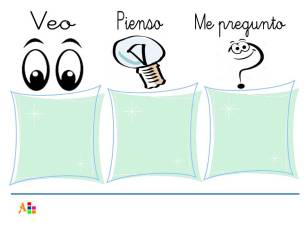
There are many resources online that have versions of the thinking routines in other languages. Here are some links for Spanish:
Visual Thinking- Rutinas de Pensamiento
Rutinas de Pensamiento (weebly)
¿Que son las rutinas de pensamiento? (infographic)
Rutinas de Pensamiento (strategy cards)
To explore more about thinking routines, visit my website: https://www.grahnforlang.com/thinking-strategies.html
or my Pinterest board: https://www.pinterest.com/grahnforlang/thinking-strategies/
To read more about Project Zero, go to: http://www.pz.harvard.edu/projects/visible-thinking

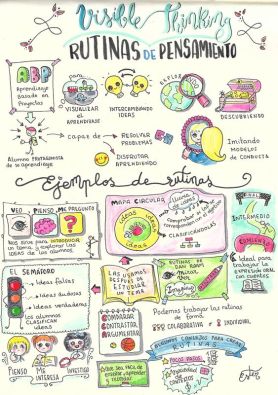
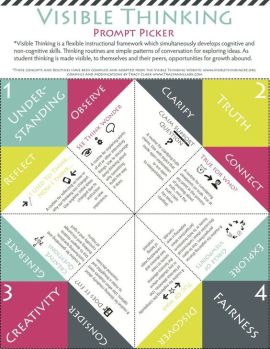
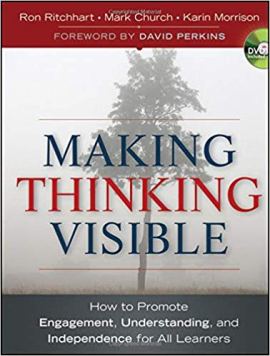
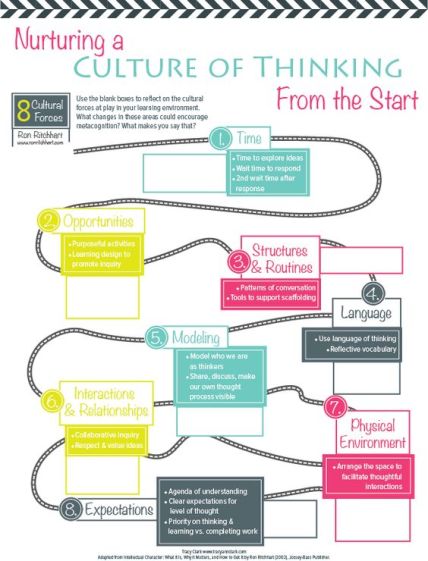
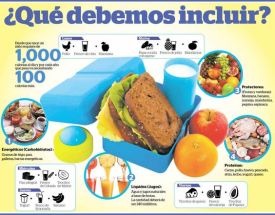
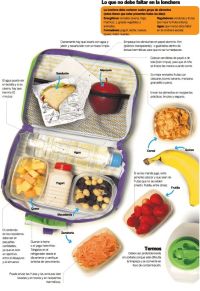
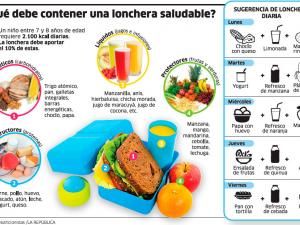

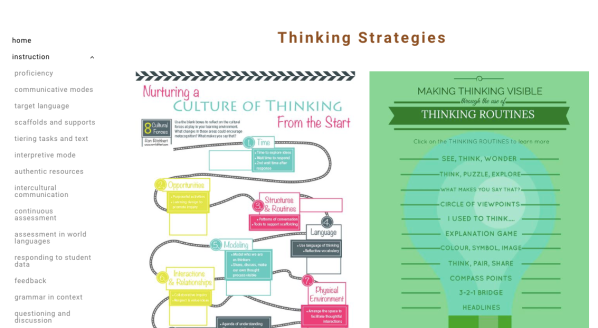
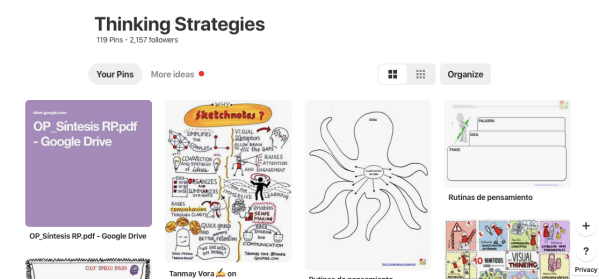
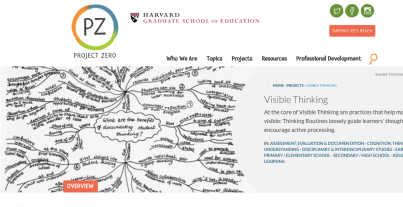
Pingback: Back to School Week: Summer posts round-up – Maris Hawkins